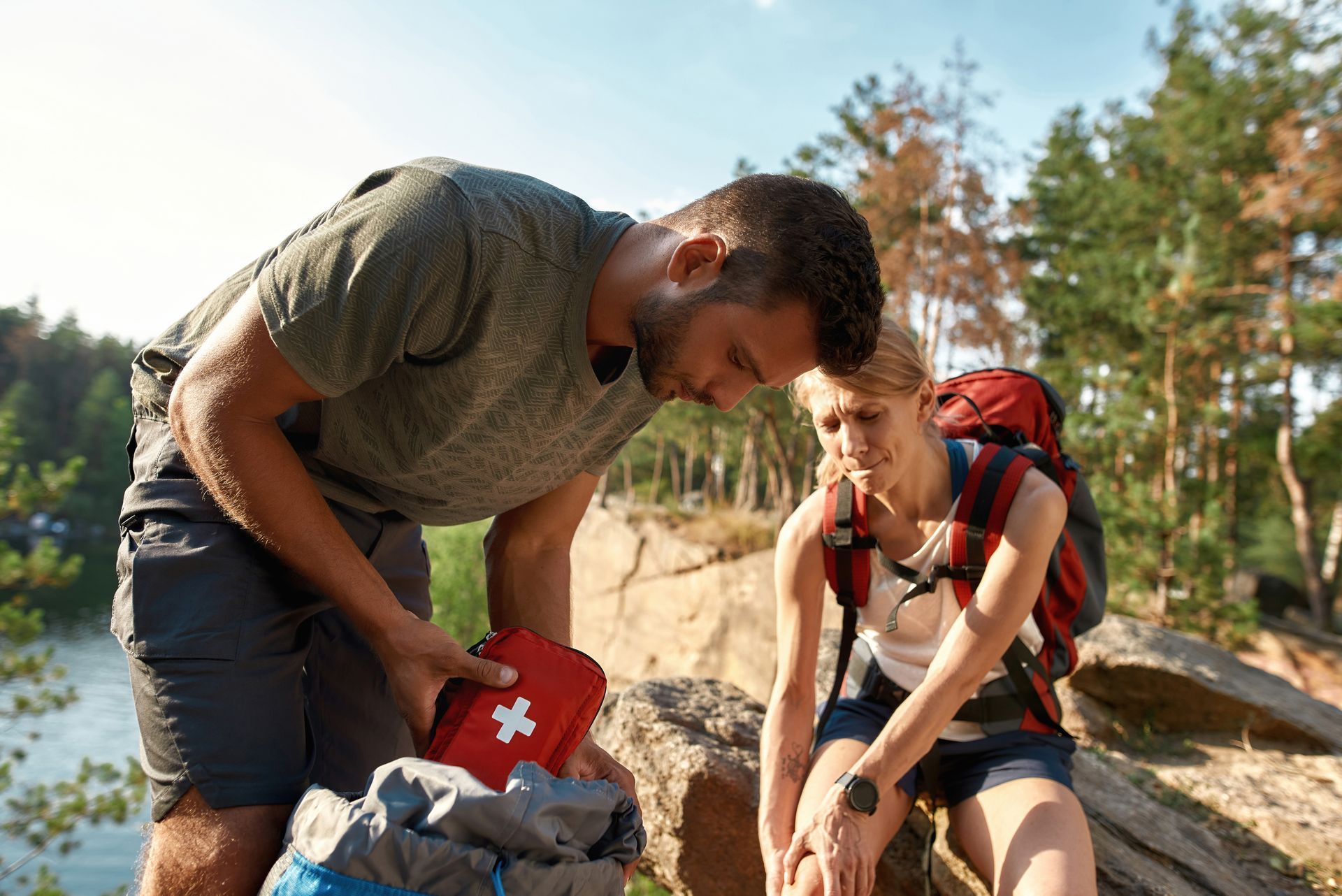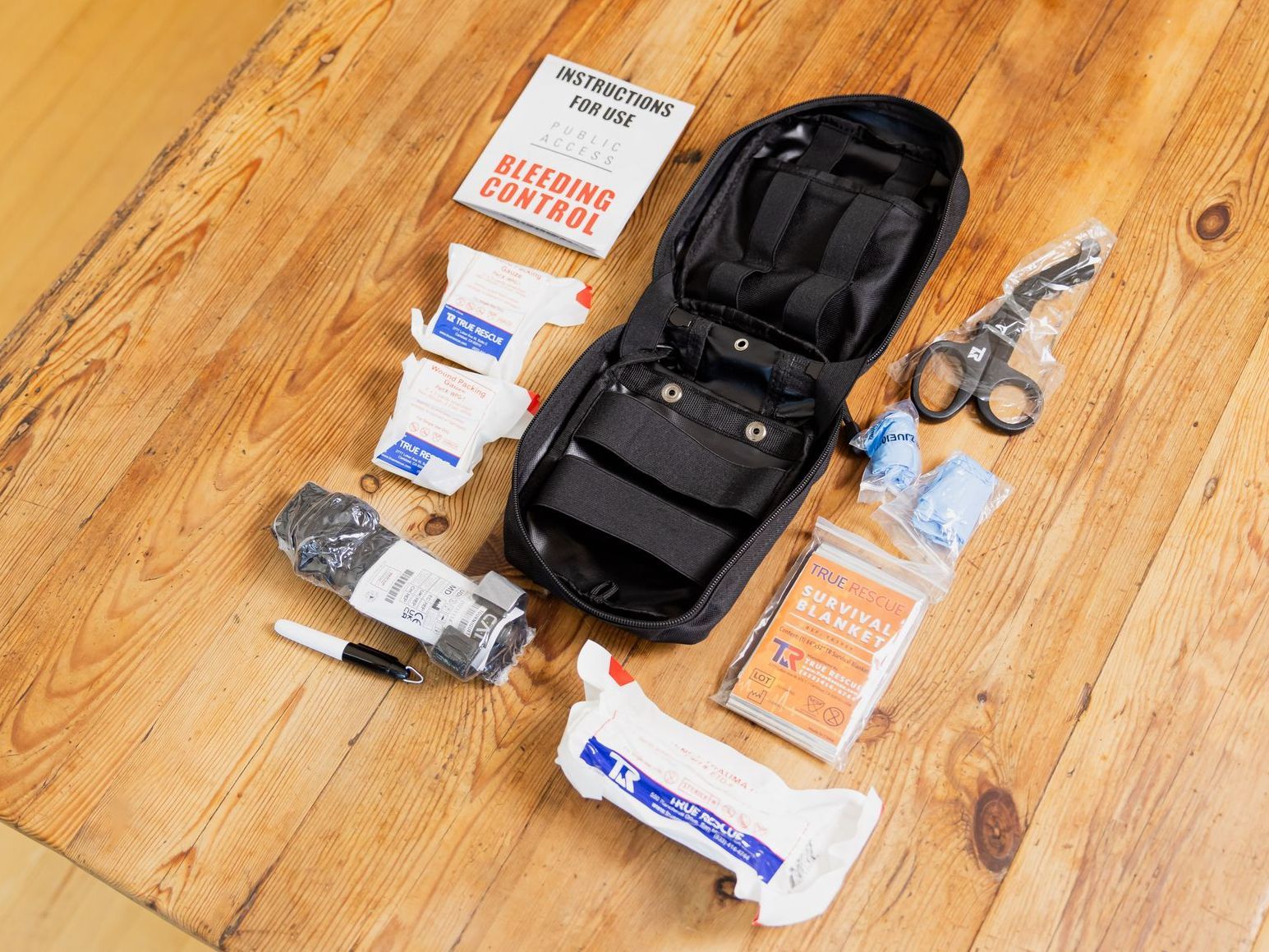Why Everyone Should Have a Trauma Kit: Be Prepared to Save a Life
In emergencies, seconds matter. Whether it's a car accident, a workplace injury, a natural disaster, or a household mishap, severe bleeding can turn a manageable situation into a life-threatening one in minutes. The solution? A trauma kit.
While first aid kits are common in homes and workplaces, trauma kits are often overlooked—and they shouldn’t be. These specialized kits are designed to control life-threatening bleeding and stabilize a victim until professional help arrives. Here’s why everyone should have a trauma kit and how it can be the difference between life and death.
1. Accidents Happen Anytime, Anywhere
Emergencies don’t wait for the perfect moment. Accidents can happen at home, on the road, during outdoor adventures, or even in public spaces. A trauma kit ensures you’re prepared to handle serious injuries wherever they occur.
Common scenarios where trauma kits can save lives include:
- Car accidents with deep lacerations or amputations.
- Outdoor activities like hiking or biking, where medical help may be far away.
- Workplace injuries in high-risk environments such as construction or manufacturing.
- Natural disasters where emergency services are delayed or overwhelmed.
2. Time is Critical in Severe Bleeding
A person can bleed to death in as little as five minutes. Immediate action is crucial, and a trauma kit provides the tools needed to control bleeding quickly and effectively. Items like a tourniquet, wound packing gauze, and emergency trauma dressing are specifically designed to stop or slow significant blood loss.
Without these tools, even well-intentioned bystanders may be unable to manage severe bleeding, leading to preventable fatalities.
3. Trauma Kits Empower Bystanders
In many emergencies, bystanders are the first on the scene. Having a trauma kit on hand transforms you from a passive witness to an active responder. Equipped with the right tools and basic knowledge, you can stabilize a victim until professional medical help arrives.
Organizations like Stop the Bleed offer quick training sessions that teach individuals how to use trauma kits effectively, making life-saving skills accessible to everyone.
4. Trauma Kits are Compact and Portable
Unlike bulky first aid kits, trauma kits are compact and designed for portability. You can keep one:
- In your car for roadside emergencies.
- At home for accidents involving sharp objects or falls.
- In your backpack for outdoor adventures.
- At the workplace to comply with safety regulations and ensure employee safety.
Their lightweight design means you can carry one without inconvenience, making them a practical addition to your emergency preparedness plan.
5. Protect Yourself and Others
Trauma kits aren’t just about saving others—they protect you too. In addition to life-saving tools, they often contain nitrile gloves to prevent exposure to bloodborne pathogens, as well as survival blankets to prevent hypothermia in victims.
By having a trauma kit, you’re prioritizing safety—not just for the injured, but for yourself as the responder.
6. Peace of Mind
There’s no better feeling than knowing you’re prepared for the unexpected. A trauma kit provides peace of mind, giving you the confidence to act in emergencies. Whether you’re a parent, a teacher, a business owner, or an outdoor enthusiast, being prepared means you’re ready to protect the people you care about most.
What to Look for in a Trauma Kit
When choosing a trauma kit, make sure it includes:
- Tourniquet – To stop arterial bleeding in limbs.
- Wound Packing Gauze – For deep wound packing and clotting.
- Trauma Dressing – To apply direct pressure and stabilize injuries.
- Gloves – To protect against contamination.
- Scissors – To cut clothing and access wounds quickly.
- Permanent Marker – To document the time of tourniquet application.
- Survival Blanket
– To prevent shock and hypothermia.
Final Thoughts
A trauma kit isn’t just for paramedics or first responders—it’s for everyone. Accidents are unpredictable, and being prepared could mean the difference between life and death. Don’t wait for an emergency to realize the importance of having one.
Equip yourself with a trauma kit today, and be ready to act when it matters most. After all, the life you save could be a loved one—or even your own.



